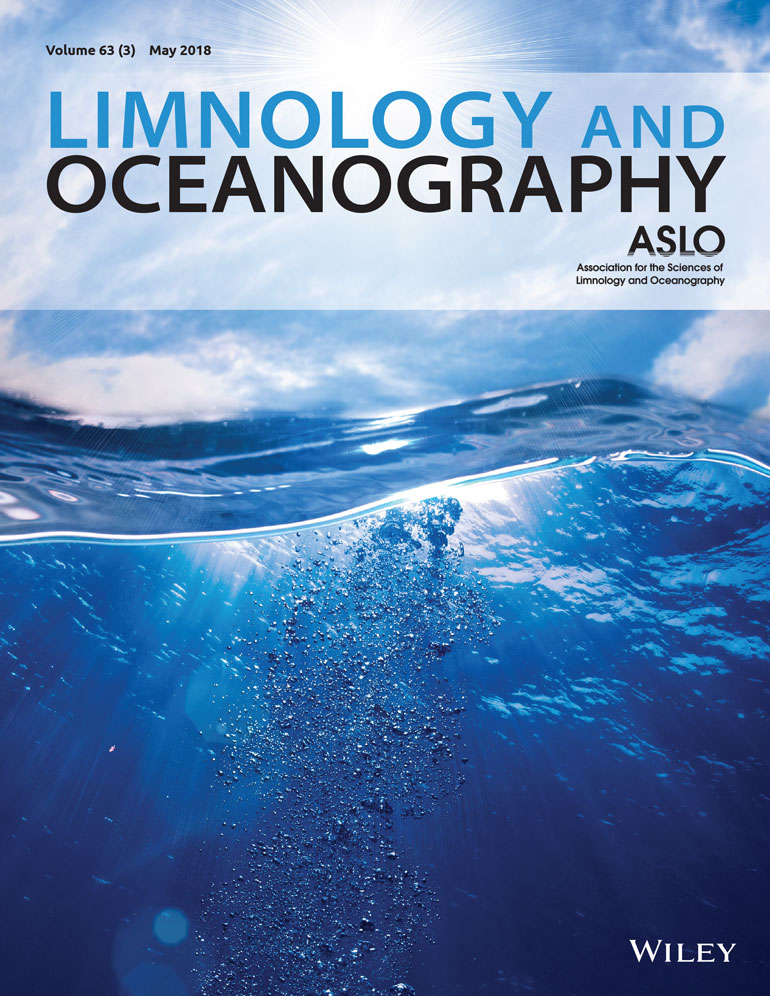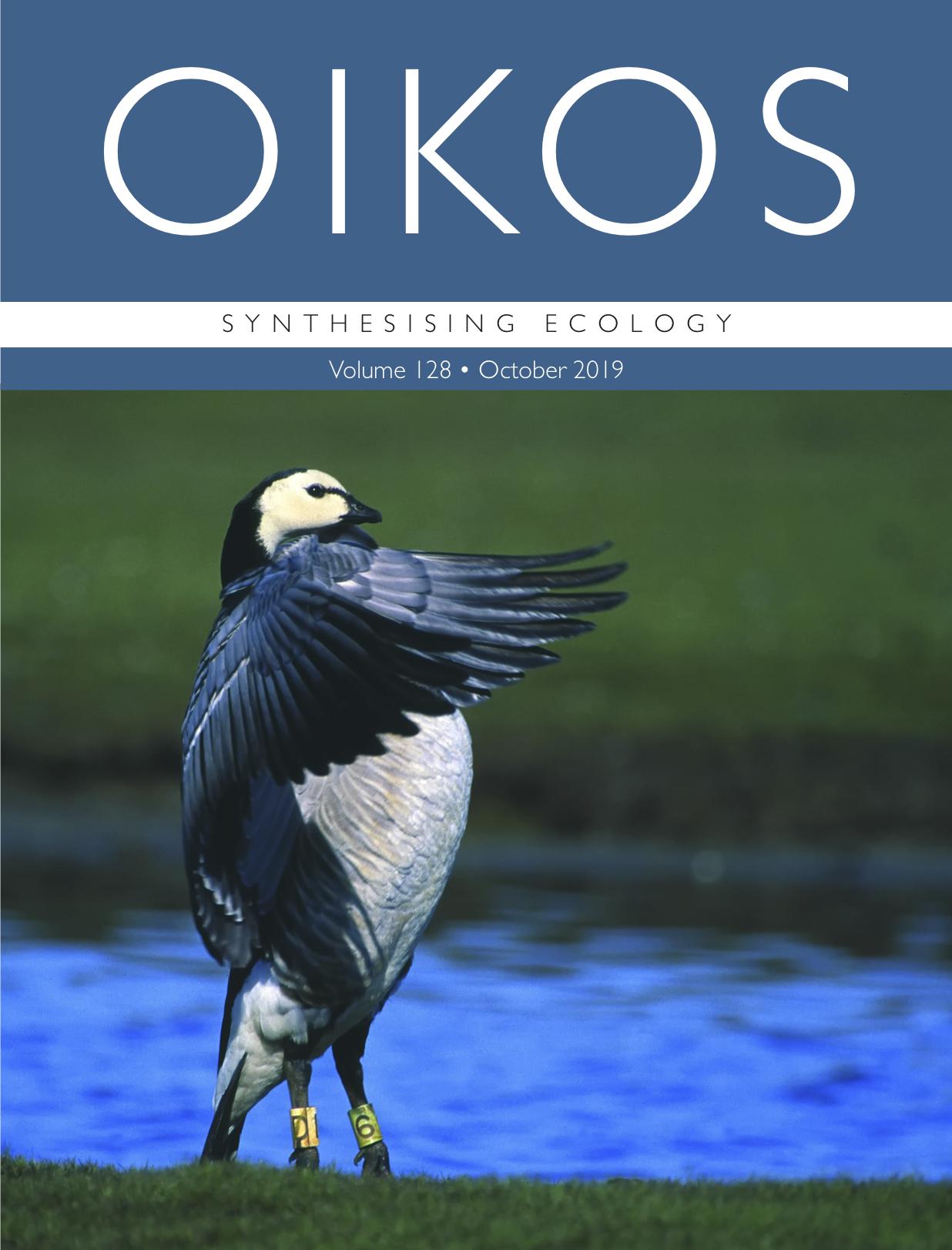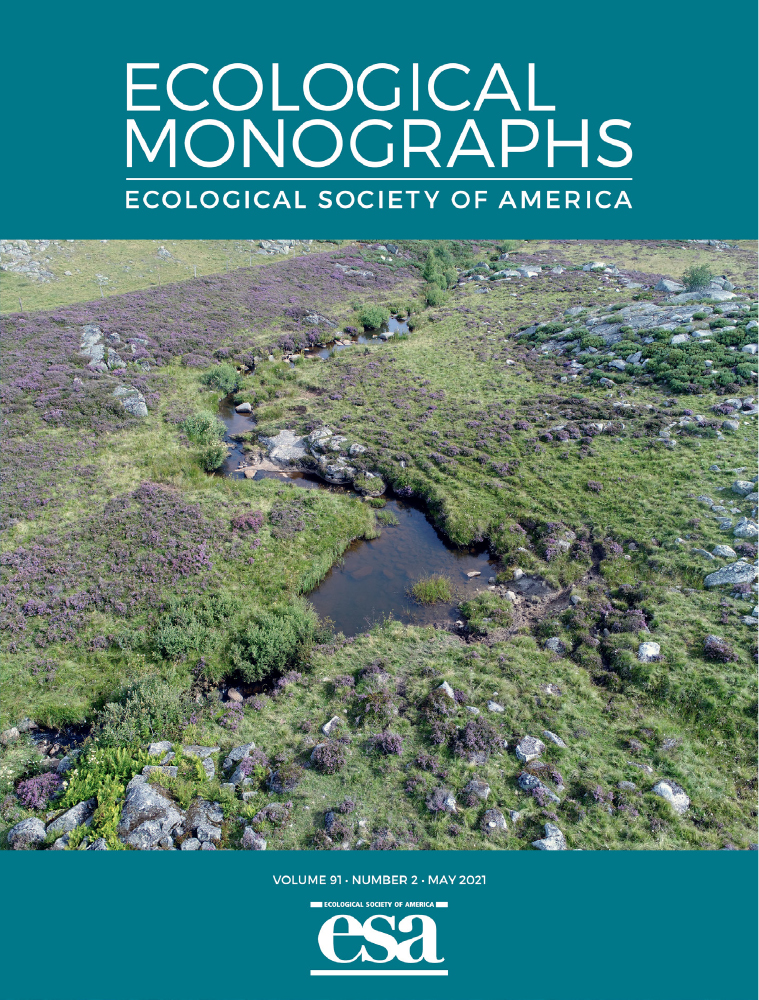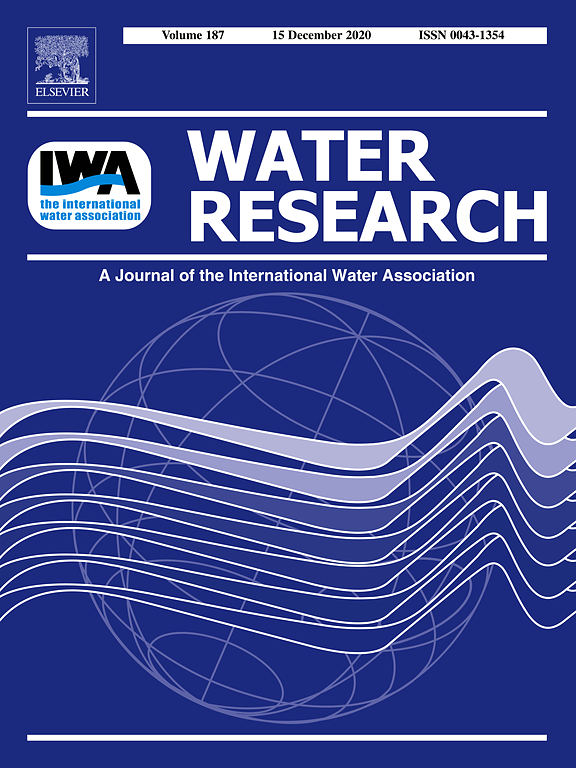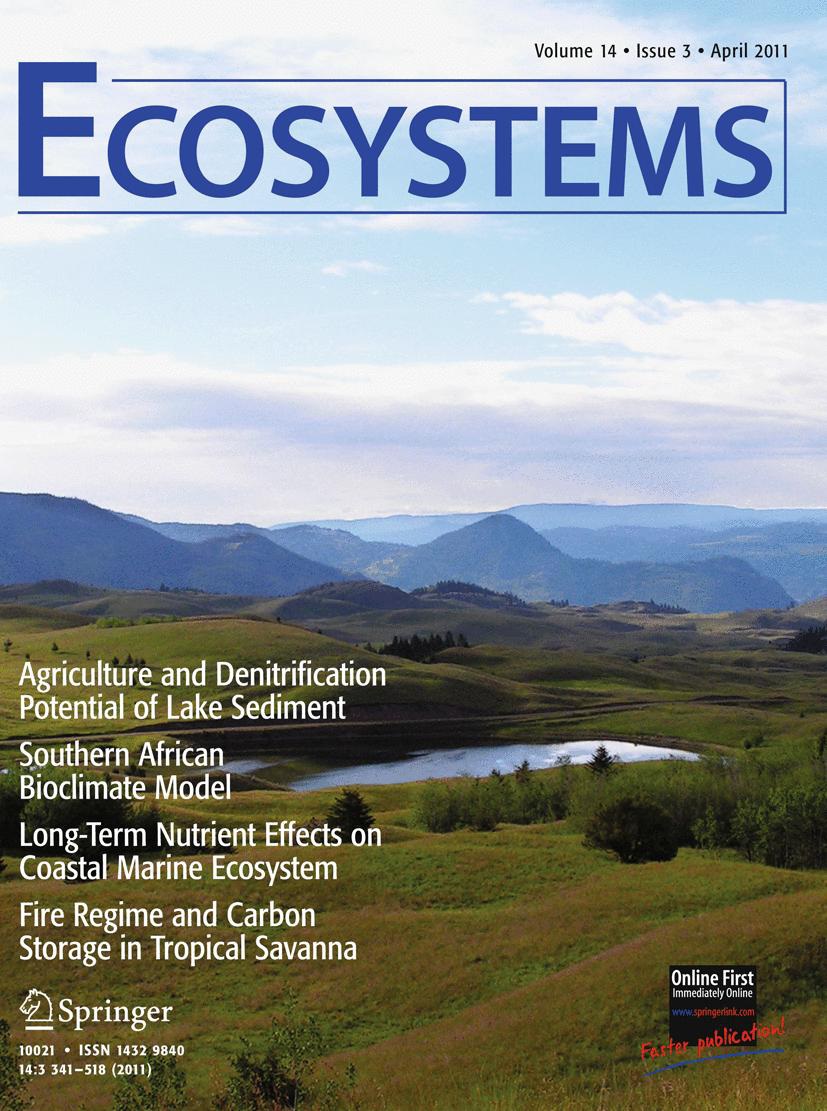Please find all scientific publications of IGB under > scientific publications
For more detailed information please refer to our > library catalogue
31 - 40 of 150 items
- Department:(Dept. 3) Plankton and Microbial Ecology
April 2025
Limnology and Oceanography. - XX(2025)XX, XX-XX
Trophic strategies of freshwater nanoflagellates under variable run-off scenarios
Katerina Symiakaki; Stella A. Berger; Gabriela Agreda-Lopez; Bence Buttyan; Bence Gergacz; Silke Langenheder; Jens C. Nejstgaard
April 2025
Frontiers in Environmental Science. - 13(2025), Art. 1559941
Per- and polyfluoroalkyl substances (PFAS) in the cryosphere – occurrence, organismic accumulation, ecotoxicological impacts, transformation, and management strategies
Ashani Arulananthan; Oddur Þór Vilhelmsson; Ulf Karsten; Hans-Peter Grossart; Auður Sigurbjörnsdóttir; Óttar Rolfsson; Hanna Joerss; Bettina Scholz
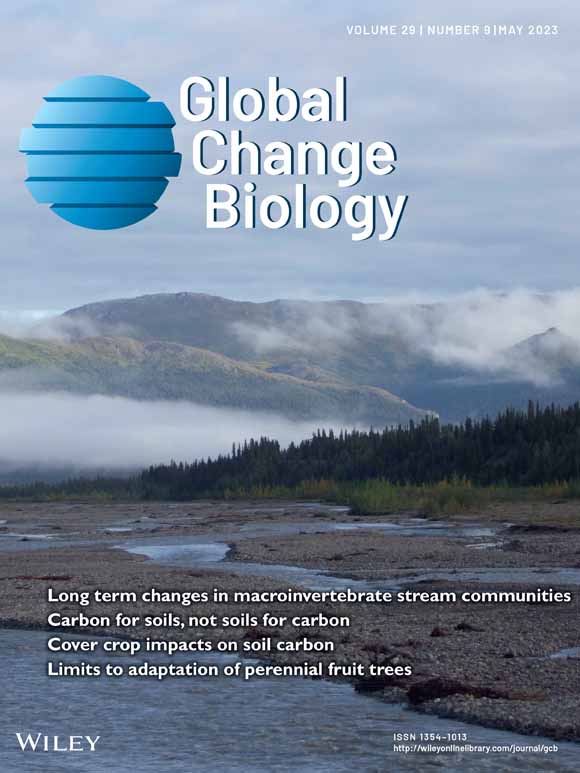
April 2025
Global Change Biology. - 31(2025)4, Art. e70171
Positive Feedback on Climate Warming by Stream Microbial Decomposers Indicated by a Global Space-For-Time Substitution Study
Javier Pérez; Luz Boyero; Richard G. Pearson; Mark O. Gessner; Alan Tonin; Naiara López-Rojo; Juan Rubio-Ríos; Francisco Correa-Araneda; Alberto Alonso; Aydeé Cornejo; Ricardo J. Albariño; Sankarappan Anbalagan; Leon A. Barmuta; Andrew J. Boulton; Francis J. Burdon; Adriano Caliman; Marcos Callisto; Ian C. Campbell; Bradley J. Cardinale; Luciana S. Carneiro; J. Jesús Casas; Ana M. Chará-Serna; Eric Chauvet; Checo Colón-Gaud; Aaron M. Davis; Elvira de Eyto; Monika Degebrodt; María E. Díaz; Michael M. Douglas; Andrea C. Encalada; Ricardo Figueroa; Alexander S. Flecker; Tadeusz Fleituch; André Frainer; Erica A. García; Gabriela García; Pavel E. García; Paul S. Giller; Jesús E. Gómez; Jose F. Gonçalves Jr.; Manuel A. S. Graça; Robert O. Hall Jr.; Neusa Hamada; Luiz U. Hepp; Cang Hui; Daichi Imazawa; Tomoya Iwata; Edson S. A. Junior; Andrea Landeira-Dabarca; María Leal; Kaisa Lehosmaa; Charles M. M'Erimba; Richard Marchant; Renato T. Martins; Frank O. Masese; Megan Maul; Brendan G. McKie; Adriana O. Medeiros; Jen A. Middleton; Timo Muotka; Junjiro N. Negishi; Alonso Ramírez; Renan S. Rezende; John S. Richardson; José Rincón; Claudia Serrano; Angela R. Shaffer; Fran Sheldon; Christopher M. Swan; Nathalie S. D. Tenkiano; Scott D. Tiegs; Janine R. Tolod; Michael Vernasky; Elizabeth W. Wanderi; Anne Watson; Catherine M. Yule
April 2025
Oikos. - 2025(2025)6, Art. e11029
Longer durability of host–parasite interaction increases host density
Patch Thongthaisong; Minoru Kasada; Hans-Peter Grossart; Sabine Wollrab
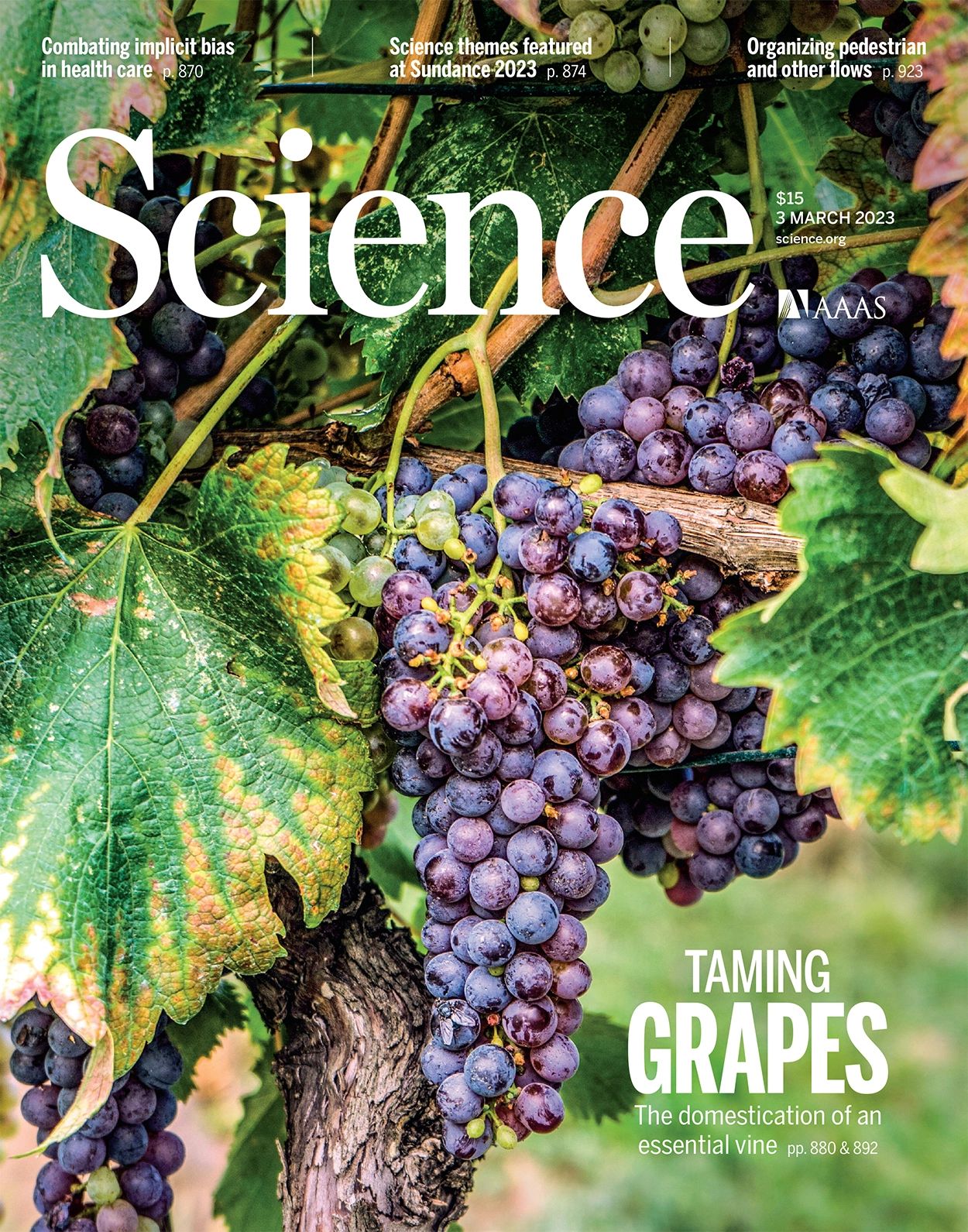
March 2025
Science. - 387(2025)6739, 1181-1186
Environmental effects of the Kakhovka Dam destruction by warfare in Ukraine
O. Shumilova; A. Sukhodolov; N. Osadcha; A. Oreshchenko; G. Constantinescu; S. Afanasyev; M. Koken; V. Osadchyi; B. Rhoads; K. Tockner; M. T. Monaghan; B. Schröder; J. Nabyvanets; C. Wolter; O. Lietytska; J. van de Koppel; N. Magas; S. C. Jähnig; V. Lakisova; G. Trokhymenko; M. Venohr; V. Komorin; S. Stepanenko; V. Khilchevskyi; S. Domisch; M. Blettler; P. Gleick; L. De Meester; H.-P. Grossart
March 2025
Ecological monographs. - 95(2025)1, Art. e70010
Functional macroinvertebrate diversity stabilizes decomposition among leaf litter resources across a river network
Rubén del Campo; Rosetta C. Blackman; Jan Martini; Thomas Fuß; Lukas Thuile Bistarelli; Mark O. Gessner; Florian Altermatt; Gabriel Singer
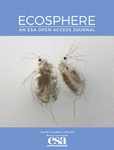
March 2025
Ecosphere. - 16(2025)3, Art. 70205
Too much and not enough data: Challenges and solutions for generating information in freshwater research and monitoring
Adrianne P. Smits; Ed K. Hall; Bridget R. Deemer; Facundo Scordo; Carolina C. Barbosa; Stephanie M. Carlson; Kaelin Cawley; Hans-Peter Grossart; Patrick Kelly; Stefano Mammola; Matthew R. Pintar; Caleb J. Robbins; Albert Ruhi; Mattia Saccò
March 2025
Frontiers in Remote Sensing. - 6(2025), Art. 1549286
Unlocking the global benefits of Earth Observation to address the SDG 6 in situ water quality monitoring gap
Harriet Wilson; Nina Raasakka; Evangelos Spyrakos; David Millar; Merrie Beth Neely; Anham Salyani; Shubham Pawar; Igor Chernov; S. Karen de Lespérance Ague; Ximena Aguilar Vega; Adenike Akinsemolu; Analy Baltodano Martinez; Carmen Cillero Castro; Michelle Del Valle; Mohamed Fadlelseed; Anabella Ferral; Jemal Mohammed Hassen; Dalin Jiang; Tracey Kudzanai Mubambi; Sofia La Fuente; Lukumon Olaitan Lateef; Felipe de L. Lobo; Jerome Marty; Albert Nkwasa; Julia Akinyi Obuya; Igor Ogashawara; Ils Reusen; Ashley Rogers; Susanne I. Schmidt; Kabindra Sharma; Stefan G. H. Simis; Shenglei Wang; Stuart Warner; Andrew Tyler
March 2025
Water Research. - 281(2025), Art. 123553
Anthropogenic imprint on riverine plasmidome diversity and proliferation of antibiotic resistance genes following pollution and urbanization
Kenia Barrantes-Jiménez; Franck Lejzerowicz; Tam Tran; Melany Calderón-Osorno; Luis Rivera-Montero; César Rodríguez-Sánchez; Odd-Gunnar Wikmark; Alexander Eiler; Hans-Peter Grossart; María Arias-Andrés; Keilor Rojas-Jiménez
March 2025
Ecosystems. - 28(2025), Art. 23
Flexibility in Aquatic Food Web Interactions: Linking Scales and Approaches
Ellen van Velzen; Sabine Wollrab; Onur Kerimoglu; Ursula Gaedke; Hans-Peter Grossart; Minoru Kasada; Helena C. L. Klip; Stefanie Moorthi; Tom Shatwell; Patch Thongthaisong; A. E. Friederike Prowe


